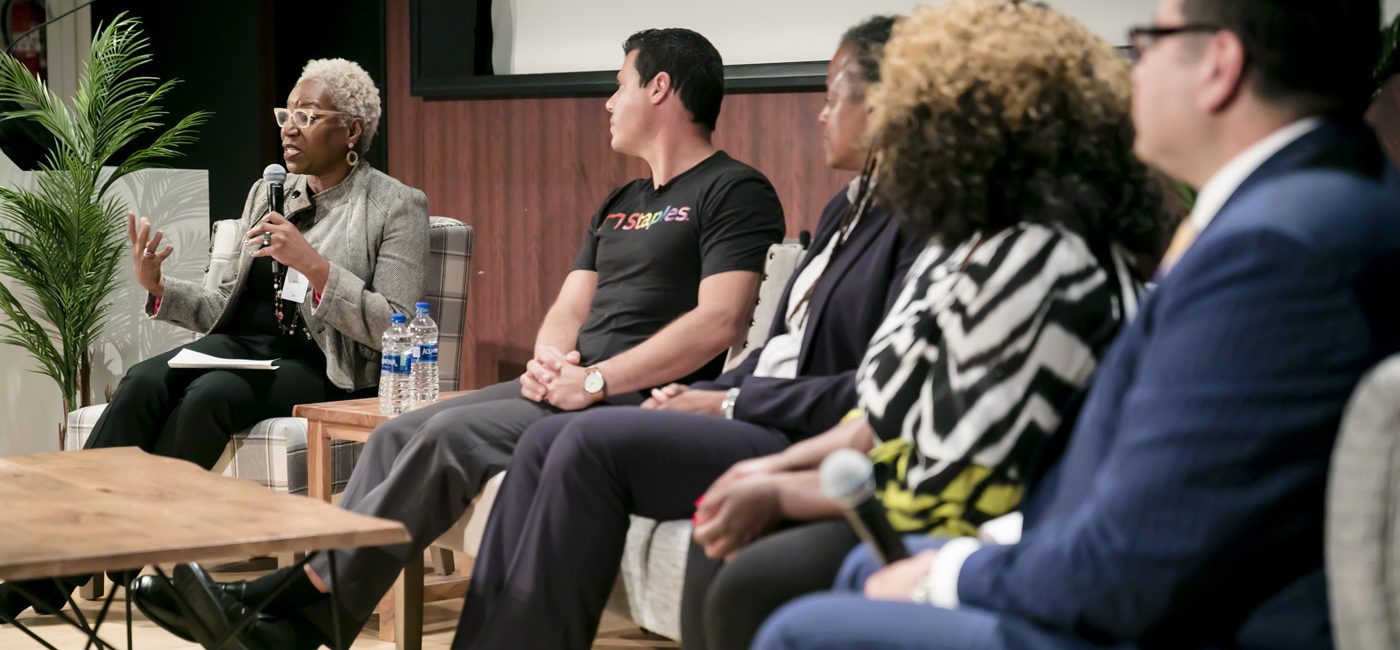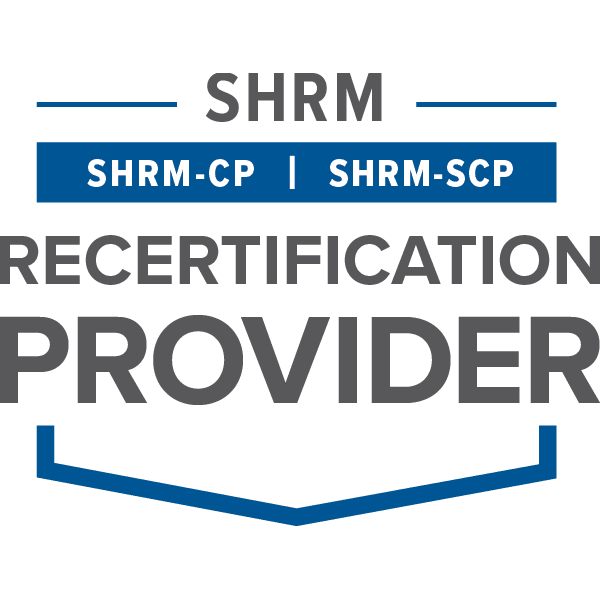
Senior Director, Global Advisory Services at Diversity Best Practices
As an advisor to 200+ mid-large organizations, we at Diversity Best Practices (DBP) are often tasked with questions on the trends in Employee Resource Groups (ERGs) and how to drive greater impact. Our responses are often driven around increasing the focus on the business needs of the internal and external stakeholders, measuring the impact, engaging middle managers for support and amplifying the successes across the organization. The value of the leadership and impact of ERGs will only increase as [its] maturity and sophistication evolve. — Excerpted from the DBP ERG Leadership Handbook
ERGs Foster Innovation
Successful ERGs can be like incubators; ERGs are safe areas to explore new and innovative solutions. Capgemini’s Millennial Innovation Council (MIC) brings together employees, partners, clients, students, and business professionals across industries for hackathons to crowdsource innovative ideas. Intel’s EXTEND community is the company’s first intentionally multidimensional and multicultural ERG and provides an opportunity for employees to meet with business leaders to brainstorm how the group can help drive inclusion and develop talent at that site. TIAA’s Incubator has a base of 170 members representing all eight of the company’s ERGs with six discrete Incubators in operation, each simultaneously working on different projects. What each of these organizations has in common is that they recognize the power of collaboration across industry, professional experience, and culture. ERGs, whether structured around affinity or organizational needs, can be used as a space to field different perspectives and source innovative solutions for business goals.
Creating a Culture of Belonging
The decision of multinational accounting and professional services organization Deloitte to phase out affinity-based ERGs in favor of inclusion councils in 2017 spurred much debate in the corporate world. The rationale was that millennials resisted being pigeonholed in specific groups and that white men, specifically, felt left out of affinity groups. The counter-argument, voiced by many in the D&I community, was that as long as racism, sexism, homophobia and other forms of discrimination and bias continue in the professional sector–and as long as these groups are vastly underrepresented in corporate leadership—there is a need for affinity-based groups.
ERGs do not need to be confined to an either/or binary. In order to impact business imperatives such as: developing a global talent pool with emphasis on leadership development; creating innovative solutions to business concerns; and establishing indispensable systems to serve to the next generation of business and organizational leadership, ERGs need to evolve. An organization can structure ERGs that address the needs of underrepresented groups and explore the complexities of intersectionality while simultaneously providing the overrepresented groups a means to participate.
There are many angles from which to attempt evolving an ERG. Some organizations are looking to have resource groups based on areas of organizational focus. ERGs that address corporate social responsibility and community service are a great example of this trend. As the number of telecommuting employees grows, the need to build global teams and keep them connected has led to the creation of ERGs for people who work at home or in the field. As ERGs embrace and evolve from traditional affinity focus, new types of affinity groups are forming. In recent years, there has been extended interest in religious, generational and male groups, as well as special-interest groups.
ERGs Are a Tool for Elevating Future Leadership
With 10,000 Baby Boomers turning 65 each day, there is an incredible opportunity to diversify the leadership of our organizations. However, organizations need to be intentional in their succession planning to ensure that a diverse talent pool is being groomed for success in those leadership roles. ERGs can play an instrumental role in that plan. Too often, traditional ERGs shift the responsibility of attaining leadership development (and subsequently, leadership roles) to the average employee. It is treated almost as an extracurricular experience for which they may receive minor recognition. Instead, ERG leaders should embed leadership development initiatives into job descriptions as well as the succession planning processes.
ERG leaders often hold high-visibility roles, are tasked with demonstrating and developing a number of key strategic, organizational, and interpersonal skills. As such, an ERG leader is needed to promote cross-functional collaboration, manage business teams and stakeholders, or leverage metrics to develop impactful D&I strategy. Using those skills, ERG leaders are primed to take on greater responsibilities within an organization and mentor a new generation of leaders. The impact of ERGs insofar as creating seasoned leaders and corporate culture that empowers employees to show up as their best selves each day is a result of the passion and power of diversity and inclusion.
Feature Photo Caption: (from left to right) Carol Watson, MSOD moderating the ERG Leaders Panel Discussion with Tom Bourdon, Beth Chandler, and Kameelah Benjamin-Fuller, and Dr. Robert Rodriguez at the Fourth Annual TJX ERG Summit. Photo by of Christopher Huang


